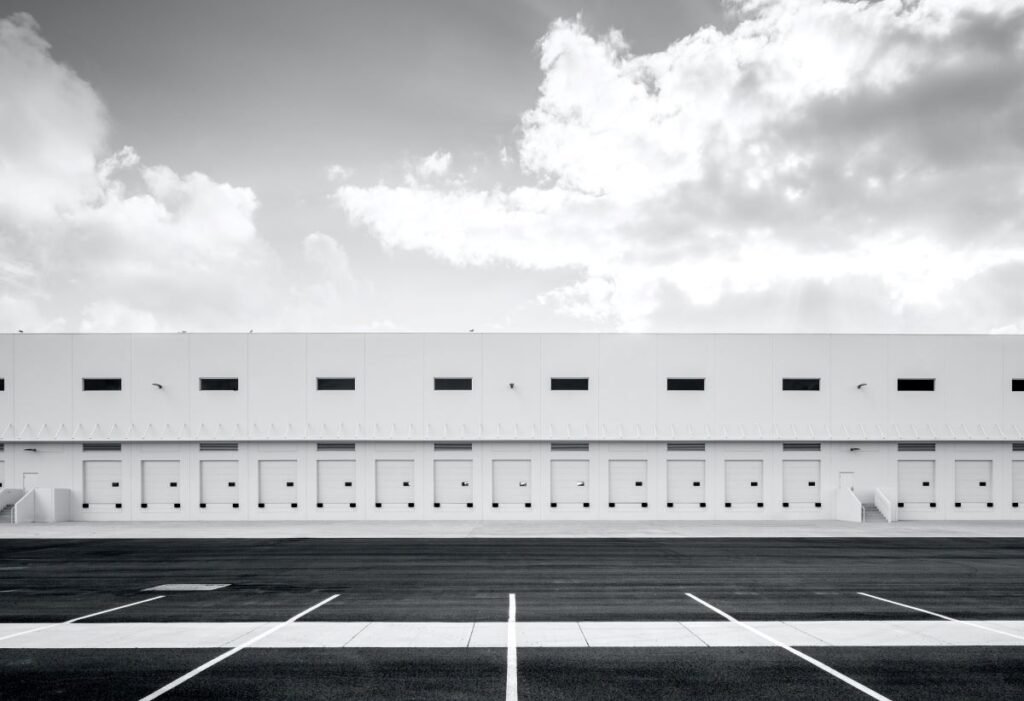Transforming Industrial Landscapes: The Rise of Orange County’s Warehousing Sector
The hum of electric forklifts and the faint smell of fresh concrete fill the air in an expansive warehouse in Orange County, California. The space, recently acquired by a prominent logistics firm, symbolizes a remarkable shift in the industrial landscape of the region. With e-commerce driving unprecedented demand for warehousing, Orange County is swiftly emerging as a vital hub in the supply chain — a transformation illustrated by the recent sale of a 100,000-square-foot warehouse that fetched $15 million in a competitive market. Experts predict this trend will continue as businesses adapt to the realities of global trade.
A Shift in Demand for Industrial Real Estate
The e-commerce sector, which has surged during the COVID-19 pandemic, has fundamentally altered the requirements for industrial properties. According to a hypothetical study conducted by the Urban Research Institute, warehouse leasing in Southern California has increased by 35% in the past two years alone. This growing demand has fueled a vitality in regions like Orange County, known for its strategic access to major highways and proximity to the bustling ports of Los Angeles and Long Beach.
Factors Driving the Transformation
- Demand from E-Commerce: As online shopping becomes the norm, retailers are forced to rethink their logistics, requiring larger, closer warehouses to meet the needs of fast delivery.
- Sustainable Practices: Newer facilities are also designed with sustainability in mind, featuring energy-efficient systems and green building materials, which appeals to eco-conscious businesses.
- Technological Integration: Advances in automation and inventory management systems have made modern warehouses more efficient, allowing for faster processing and delivery of goods.
“The way consumers shop today has completely changed the face of industrial real estate,” states Sarah Thompson, an industrial property expert at the National Association of Industrial Owners (NAIO). “Businesses need to ensure they can deliver products quickly and efficiently, and that requires a strong logistics infrastructure.” Indeed, the race for space has never been more competitive, as firms scramble to secure properties that meet these new demands.
The Economic Ripple Effects
This warehouse boom not only highlights the changing landscape of commercial real estate but also offers economic opportunities to the community. The influx of distribution centers and industrial parks leads to job creation, both directly in these facilities and in secondary sectors like transportation and retail. A recent analysis by the Economic Development Council of Orange County projected that each warehouse job could generate up to 1.5 additional jobs in the local economy.
Local Perspectives and Challenges
While the economic benefits are clear, local communities are grappling with challenges posed by this rapid industrialization. Residents express concerns about traffic congestion, noise, and environmental impacts. “We are supportive of job creation but are worried about our community’s quality of life,” says local resident Maria Lopez. This juxtaposition of economic growth and community well-being presents a critical challenge for city planners.
“Balancing community needs with investment in industrial spaces is key,” highlights David Jiang, a city planner and urban development expert. “It involves strategic planning and public engagement to demystify perceptions around industrial development.” As the demand for industrial space rises, city officials face the complex task of zoning regulations and infrastructure improvement to accommodate both industry and residents.
A Vision for the Future
Organizations and local governments are beginning to leverage innovative planning strategies to ensure sustainable growth in the warehousing sector. Enhanced public transportation links, green spaces integrated within industrial zones, and mixed-use developments are being explored to create environments that benefit both economic growth and community cohesion. “It’s about creating a place where people want to work, live, and play,” asserts Jiang.
As industry veterans and new players invest in Orange County’s industrial future, the region stands on the precipice of profound economic transformation. Each warehouse represents not just a property transaction but a larger narrative of adaptability, resilience, and innovation. The success of this initiative will hinge on collaboration among stakeholders, local government, and communities to ensure that the growth of the warehousing sector truly benefits all.









